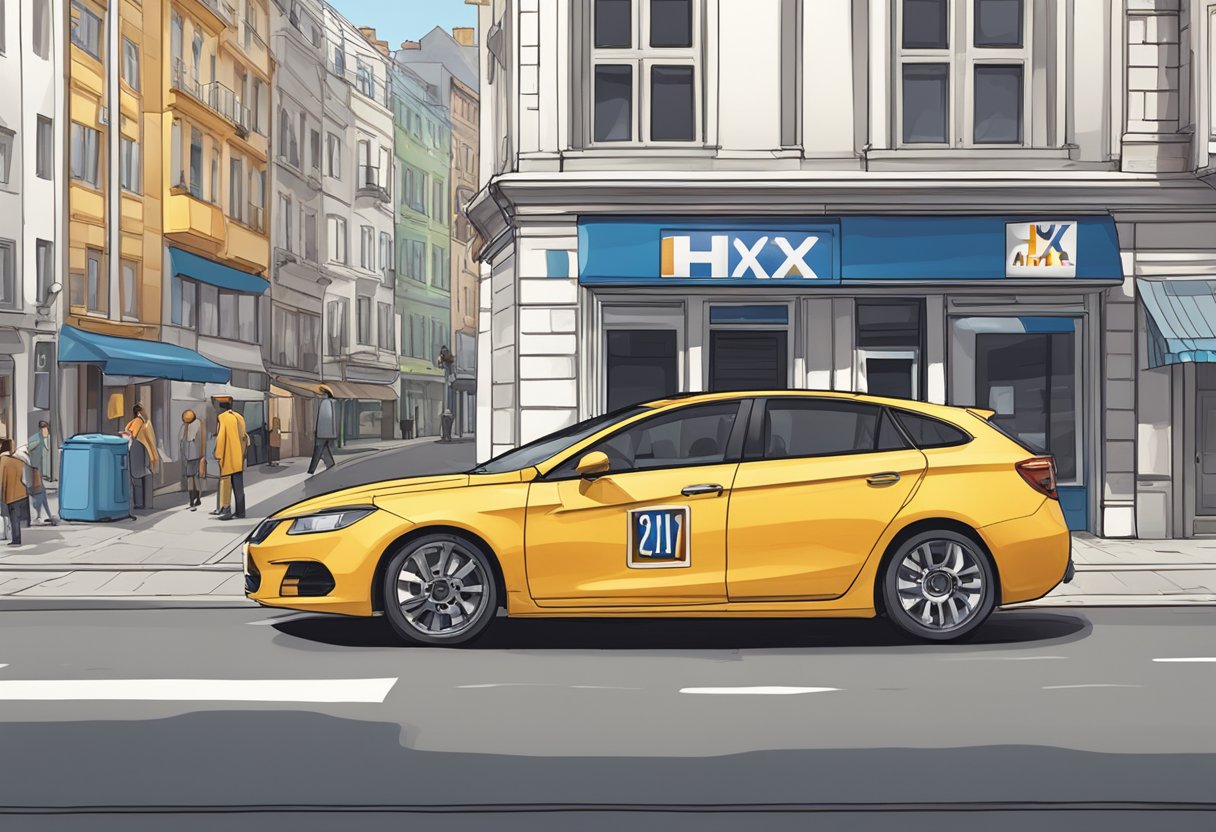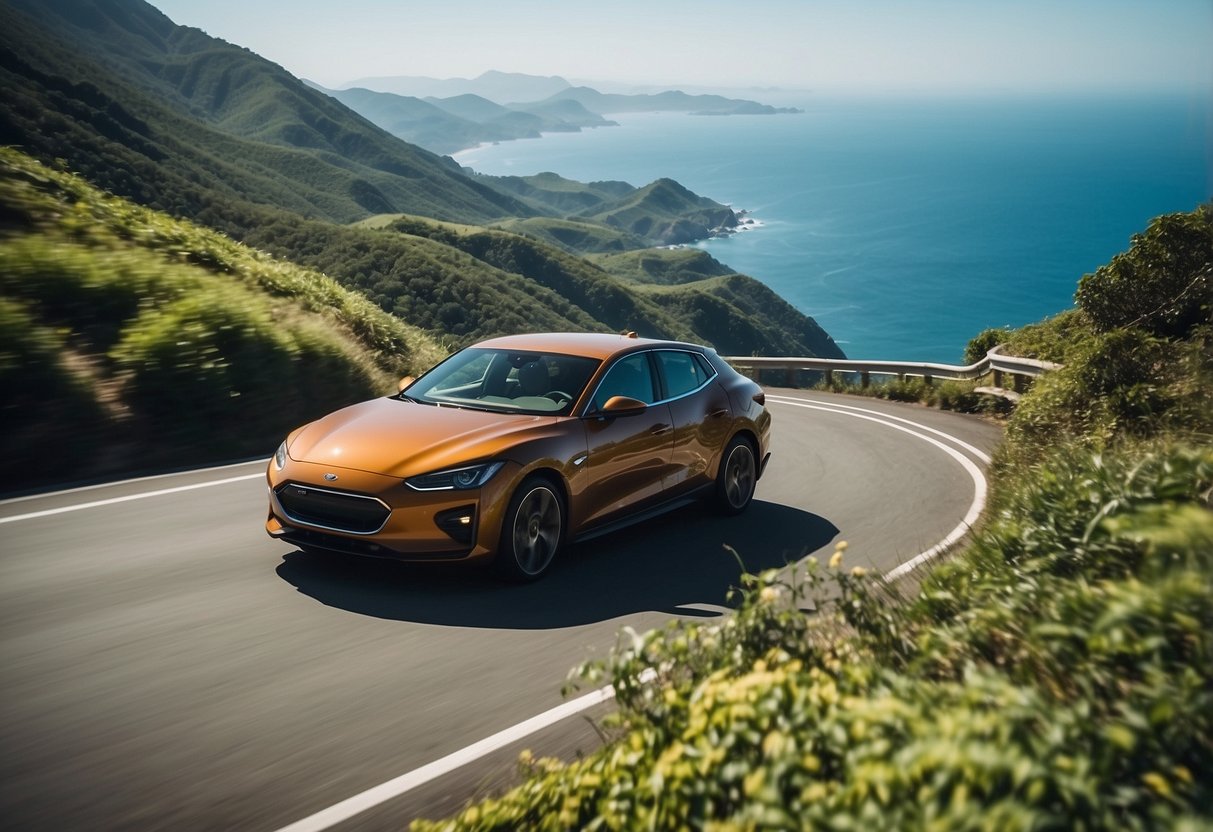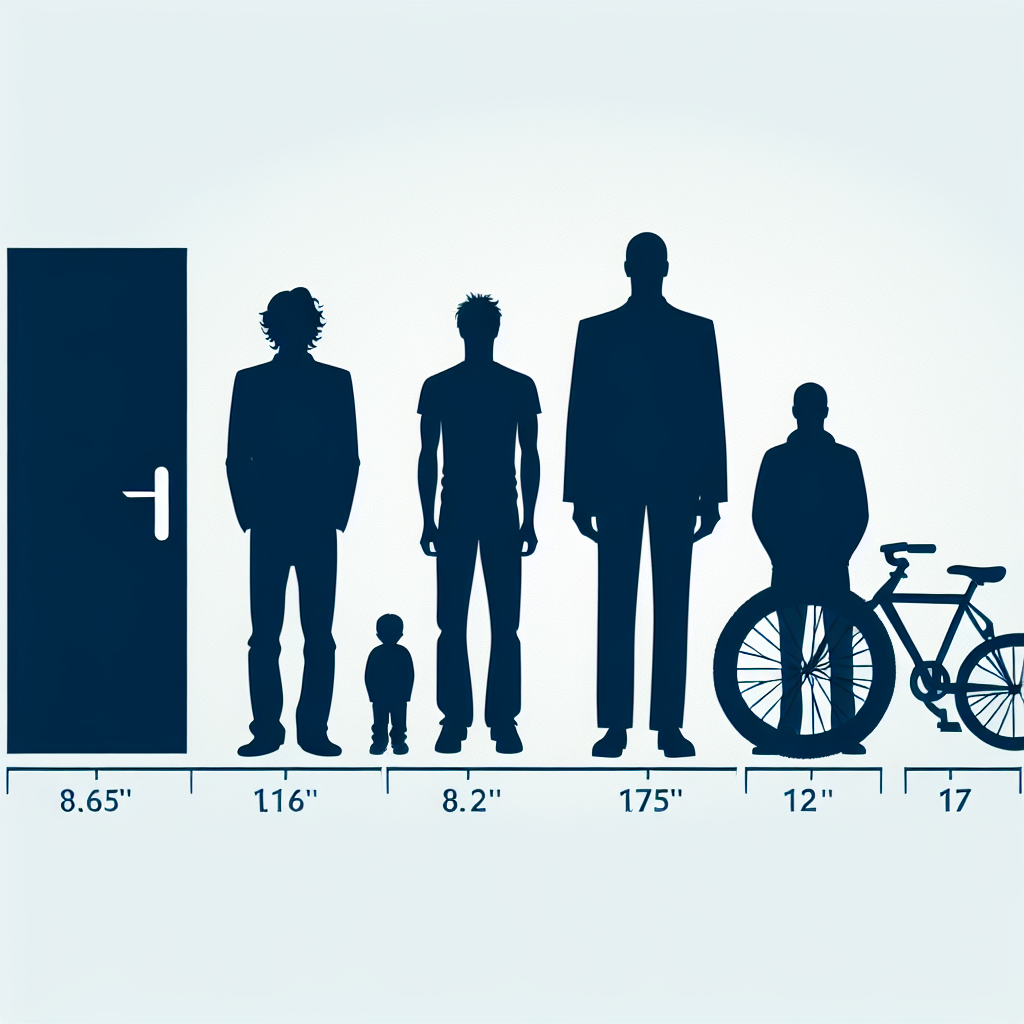Exploring the Future of the Xpeng Flying Car: Innovations, Challenges, and Potential Impact
The Xpeng flying car is making headlines as one of the pioneering vehicles in the emerging eVTOL (electric Vertical Take-Off and Landing) market. In this article, we will dive deep into the aspects that make the Xpeng flying car a unique project, exploring its innovative technology, practical applications, regulatory challenges, and future potential.

The Xpeng Flying Car: A Revolutionary Leap in Urban Mobility
The automotive industry is no stranger to innovation, but the advent of flying cars is set to redefine traditional transportation. Among the key players in this exciting new domain is the Xpeng flying car, designed to transform the way we think about urban mobility. This article will tackle common questions and concerns surrounding the Xpeng flying car, focusing on its technology, application, and future.
What Makes the Xpeng Flying Car Unique?
What sets the Xpeng flying car apart from other flying vehicles is its integration of cutting-edge technology that allows it to navigate safely in urban environments. Developed by Xpeng Motors, a well-known Chinese electric vehicle manufacturer, the flying car merges advanced aerodynamics with sleek automotive design.
Its capabilities include autonomous flying and driving, powered by AI systems that facilitate real-time decision-making. These technological innovations enable the Xpeng flying car to optimize travel routes, avoid obstacles, and ensure passenger safety during both flying and driving operations.
What Is the Current Status of the Xpeng Flying Car?
The Xpeng flying car is still in the development and testing phases, with prototypes undergoing rigorous testing to meet safety and regulatory standards. As of now, Xpeng has announced plans to roll out urban aerial mobility solutions by the mid-2020s, paving the way for advanced prototypes to take flight in urban settings.
One of the most exciting aspects of this project is the collaboration between Xpeng and various technology firms, including those specializing in AI, drones, and aerospace engineering. Such partnerships aim to enhance the capabilities and safety of the Xpeng flying car, making it a viable option for urban dwellers looking to alleviate traffic congestion.
How Does the Xpeng Flying Car Address Safety Concerns?
Safety remains a paramount concern when it comes to flying cars, and Xpeng is committed to addressing these challenges head-on. The flying car's design incorporates multiple safety features, including redundant systems for navigation and propulsion. This ensures that if one system fails, others will maintain operational safety.
Additionally, Xpeng is designing advanced collision avoidance technology that utilizes sensors and AI to detect and prevent potential accidents. With such measures in place, the Xpeng flying car aims to give passengers peace of mind while they soar above traffic.
What Are the Environmental Impacts of the Xpeng Flying Car?
With concerns about climate change and urban pollution growing, many are questioning the environmental impacts of flying cars like Xpeng's. The Xpeng flying car is designed to be an eco-friendly alternative to both conventional cars and aircraft. Utilizing electric propulsion, the flying car promises lower emissions than traditional gas-powered vehicles.
Moreover, the expectation is that increased use of flying cars could lead to reduced ground traffic, decreasing overall pollution levels in urban areas. However, the sustainability of the Xpeng flying car partially depends on how its electricity is generated, emphasizing the need for clean energy sources to power these futuristic vehicles.
What Are the Potential Applications for the Xpeng Flying Car?
The potential applications for the Xpeng flying car span various industries and services. Primarily, it could serve as an innovative solution for personal transportation, allowing individuals to avoid traffic snarls that plague major cities.
Moreover, the Xpeng flying car holds promise in sectors like emergency medical services, where rapid transportation could save lives in critical situations. Other possibilities include logistics and delivery services, moving goods quickly across urban areas.
Its practical applications are equally matched by its appeal as a lifestyle product for the affluent, signaling a future where air travel is as common as commuting by car.
Regulatory Challenges Facing the Xpeng Flying Car
One of the most significant hurdles facing the implementation of the Xpeng flying car is regulatory approval. Aviation authorities in various countries are still developing frameworks to govern urban air mobility. For Xpeng to successfully launch its flying car, it must adhere to stringent aviation regulations and safety protocols.
Moreover, questions about air traffic control, flight paths, and landing infrastructure in densely populated areas are yet to be resolved. Collaboration with regulatory bodies will be crucial for Xpeng to navigate these challenges and establish its flying car as a safe mode of transport.
What Is the Future of the Xpeng Flying Car?
The future of the Xpeng flying car and others like it is undoubtedly bright but laden with uncertainties. If testing and development continue to progress, we could see limited commercial use of flying cars by the late 2020s.
Beyond logistics and personal travel, the Xpeng flying car has the potential to reshape urban landscapes. By integrating flying cars into the existing infrastructure, cities may evolve to accommodate air traffic and new transportation models.
Ultimately, the success of the Xpeng flying car will hinge on its ability to address technological, regulatory, and societal challenges, positioning it as a transformative force in urban mobility.
Conclusion
The Xpeng flying car represents a convergence of technology and ambition, aiming to revolutionize how we think about transportation. By tackling safety and environmental concerns, exploring innovative applications, and navigating regulatory landscapes, Xpeng is on a journey to make flying cars a reality. As we dive deeper into the future of urban mobility, the Xpeng flying car stands as a beacon of progress, illuminating the skies of tomorrow.
New posts

BYD Seal: Unraveling the Future of Electric Mobility
Sustainability

Everything You Need to Know About NIO Registrations: A Comprehensive Guide
Sustainability

Exploring the Ford VW MEB Platform: A Deep Dive
Volkswagen

Understanding the Model X Refresh: What You Need to Know
Tesla

Everything You Need to Know About the Xiaomi Car: Specs, Features, and Market Impact
Xiaomi

Understanding Model Y Wait Times: What to Expect in 2023
Tesla

Exploring AI Day at Tesla: Innovations, Insights, and Future Prospects
Tesla

Understanding the Zeekr X Price: What You Need to Know
Electric Vehicles

Understanding the Tesla Model Y Performance: A Comprehensive Guide
Tesla

Exploring the Spaciousness of the Model Y Trunk Space: Everything You Need to Know
Tesla
Popular posts

Unlocking the Future of Energy: CATL Sodium Ion Battery Explained
Sustainable Solutions

Unlocking the Future: BYD Solid State Battery Technology Explained
Innovation

Understanding CNEVPost: What You Need to Know
Technology Trends

Tesla Market Share: Current Trends and Future Projections
Tesla

Understanding Volvo SPA: The Innovative Platform Behind Modern Volvo Cars
Wellness

Exploring the Spaciousness of the Model Y Trunk Space: Everything You Need to Know
Tesla

Everything You Need to Know About Tesla FSD v12
Tesla

Exploring the Neta GT: Features, Specifications, and Insights
Sustainability
Exploring BYD Track: Insights, Benefits, and Key Features
Sustainability

Understanding Model Y Wait Times: What to Expect in 2023
Tesla